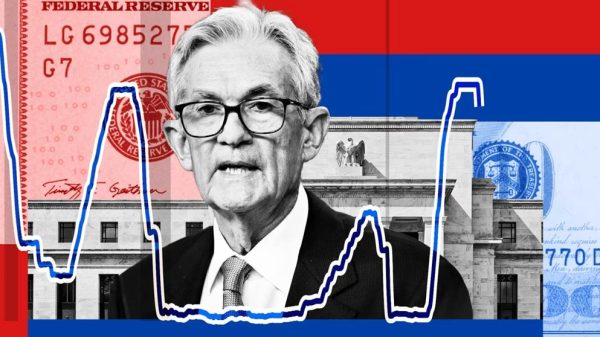Efforts to address the long-standing trade tensions between the United States and China have taken a significant turn as top trade officials from both nations convene in London for high-level talks. The meeting, which began on Monday, brings together senior U.S. officials and their Chinese counterparts in an attempt to ease economic friction between the world’s two largest economies.
Key Figures in Attendance
Representing the United States are Treasury Secretary Scott Bessent, Commerce Secretary Howard Lutnick, and Trade Representative Jamieson Greer. On the Chinese side, Vice Premier He Lifeng, Beijing’s lead trade negotiator, is spearheading the discussions. The talks follow a period of escalated trade tensions and retaliatory measures that have disrupted global markets and supply chains.
Backdrop of the London Talks
This latest round of discussions is part of a broader diplomatic effort to resolve disputes that have been brewing since the Trump administration imposed sweeping tariffs on Chinese imports in 2018. While both nations recently agreed to a temporary reduction in tariffs—bringing U.S. levies on Chinese goods down from 145% to 30% and China’s duties on U.S. imports from 125% to 10%—significant disagreements remain.
The London meeting comes just days after U.S. President Donald Trump held a lengthy phone call with Chinese President Xi Jinping, signaling a renewed push to avoid a full-blown trade war. Both sides are seeking ways to move forward with the Geneva agreement, which laid the groundwork for tariff reductions and continued negotiations.
Core Issues at Stake
Despite the temporary easing of tariffs, both nations have accused each other of violating the Geneva agreement. The U.S. has criticized China for delays in approving critical mineral exports, while China has expressed frustration over U.S. restrictions on Chinese student visas and additional export controls on semiconductor chips.
The talks in London are expected to focus on these contentious issues, as well as broader concerns about strategic industries such as technology, manufacturing, and agriculture. Analysts believe that the discussions will also touch on sensitive topics such as data flows, AI development, and defense-related technologies.
Expert Insights
Rebecca Harding, CEO of the Centre for Economic Security, emphasized the broader implications of the U.S.-China rivalry. Harding described the trade dispute as part of a larger “existential battle” between the two nations.
“This isn’t just about trade,” Harding said. “It’s about how these two economies compete and survive in a digital world where data, information, and technology are the new battlegrounds. What we’re witnessing is a struggle for dominance in the 21st century.”
Zhiwei Zhang, president and chief economist at Pinpoint Asset Management, expressed skepticism about the potential for a quick resolution. “I don’t have high expectations for these talks,” Zhang. “We might see some progress on specific issues, like rare earth exports, but a comprehensive agreement seems unlikely at this stage.”
What’s Next?
While the London talks are a positive step toward diplomacy, analysts caution against expecting immediate breakthroughs. The strategic interests of both nations remain deeply entrenched, and resolving sector-specific tariffs will require months, if not years, of negotiations.
For now, global markets are watching closely. The outcome of these talks could have far-reaching implications not only for U.S.-China relations but also for the broader international trade landscape.











